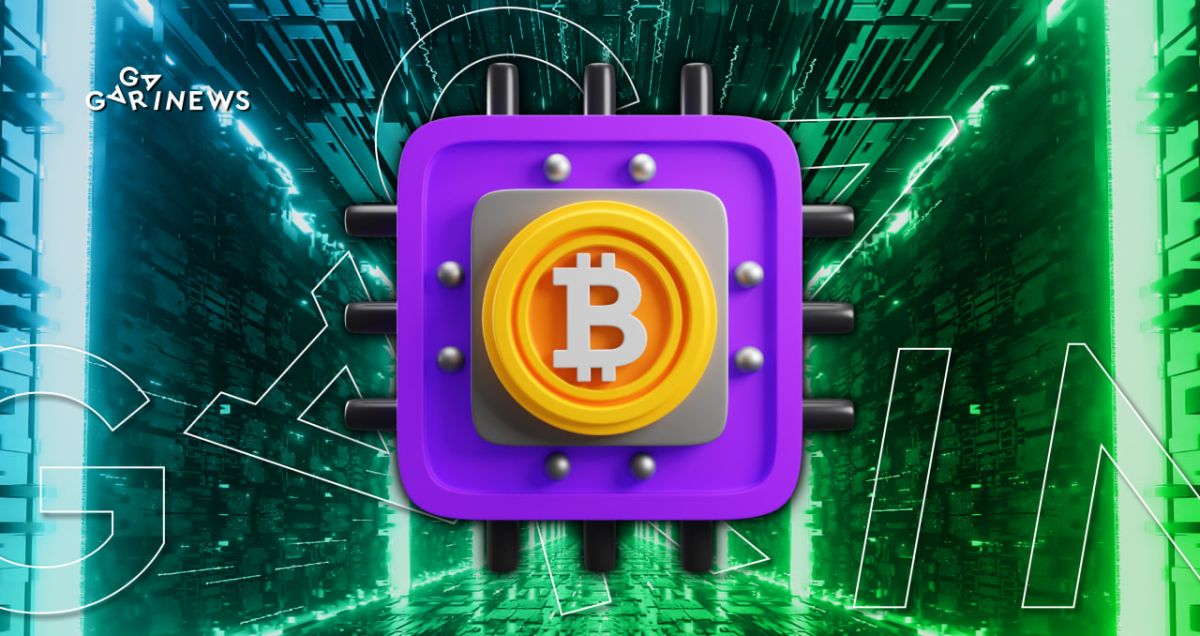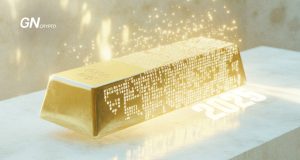How to explain blockchain technology to your kid

A blockchain is a form of public ledger that stores data using a chain of blocks. Its structure was described and introduced to the world by Satoshi Nakamoto in 2008.
On this page
A blockchain records and stores information about data transmission across a network. Each successive block contains the encrypted fingerprint of the previous block. Hence, any attempt to change the information in one of the blocks will meet with failure.
A hard nut to crack?
Let’s have another go at blockchain technology using simple terms.
Blockchain in laypeople's terms
Blockchain can be easily explained by using the example of the children's nursery rhyme “This Is the House That Jack Built”.
Let's imagine that we create and launch the first block (known as block zero or genesis block) which will record the beginning of the story:
This is the house that Jack built.
The next author adds another line, which must contain new information + genesis block data:
This is the malt that lay in the house that Jack built.
In this case, the genesis block data will act as a hash pointer.
The next line (block) will contain the information from the previous two blocks:
This is the rat that ate the malt
That lay in the house that Jack built.
The accumulated information is replicated from line to line. None of the new authors can make changes so as not to break the logic of the narrative, and therefore they transfer the previously stored data into a newly created block.
This is the cat that killed the rat
That ate the malt that lay in the house that Jack built.
This nursery rhyme is called a chain or cumulative poetry. Each new line contains a reference to the previous one, and together they form a single chain, which can be supplemented endlessly.
* The most attentive readers have probably noticed the slight inaccuracies in our rhyme example. We chose this poetry as it will help your child understand the concept of the unchangeable chain.
Please feel free to comment out the inaccuracies on our Telegram channel.
How does blockchain work?
Blockchain technology works in a step-by-step algorithm:
- The information generated by empowered users is collected in a shared database.
- The data are sequentially logged into blocks, which cannot be changed or overwritten.
- Each block in the chain gets a chronological pointer with a reference to the previous block.
- Each block has a unique alphanumeric header.
The chain becomes more and more clumsy with each new block. For the network, this kind of monster grows into a heavy mechanism that slows it down.
To minimize storage size and avoid server overload, we use hashing algorithms.
They work like a vacuum sealer, which removes excess air from a plastic bag filled with clothes that don't fit into a suitcase. But in this case, these clothes are also transformed into a digital code.
The bitcoin blockchain can take information of any size as input. But once it has been processed (hashed), the output will be a string of 256 bits in length. The data will be reflected as a set of characters.
Technically, you can get the original text back, but this takes a lot of time and computing power.
And it's nearly impossible to find the same hash for different blocks.
For example, our genesis block “This is the house that Jack built” will look like this:
9a62366b1e14f896de4a43819e882397359e64037a45e5c5142c09ba974c2117
If you make even slight changes (e.g., “This is the building that Jack built”) the hash will change as follows:
1253785ebcd1937040692e0b0bc07e3a82c3e4e59ea362c803eae188760e9e6a
The full version of the original Jack rhyme, after conversion, will have the same volume as the genesis block:
1c3223c9c47260d7d9a501954345f51ddbdf1d8db6cd22ae7aac127ee24889b4
Modifying any of the blocks (including the genesis block) will trigger changes in all the hashes. Even a missing comma will affect the output, which was automatically saved, and the system will notify you of changes.
Creating a block from multiple sources of information.
The bitcoin blockchain uses the SHA-2 hashing algorithm. You can use the online hash generator tool to play around with downloading and processing information.
How to protect blockchain against hacks
Blockchain is the best data protection technology and a guarantee of its immutability. It is impossible to falsify what everyone knows or to steal what belongs to everyone in general and no one in particular. One can hack a single node (server), but hacking a decentralized network is almost impossible.
In the blockchain, the array of data is not controlled or added by a single center but is shared as working copies among all participants across the network. Once connected to the blockchain, each user receives a copy of the existing database.
Computers that store and update copies are called nodes. These are virtual servers that preserve the integrity of the data. Some devices are fully synchronized with the blockchain and contain its full version. Others keep a light version (only block headers). But they all have equal rights and are interconnected by P2P (peer-to-peer) protocol.
Full nodes maintain the entire chain of blocks: the greater the number of full nodes, the harder it is to hack the blockchain. These devices act as validators and confirm the authenticity of the transactions.
Anonymous cryptocurrency blockchains have supernodes or masternodes. Their task is to hide and store separately all information about currency transactions. This information is never publicly available (even in encrypted form).
A user who has downloaded and installed an application on his/her computer from the official bitcoin.org website can access the BTC network and gain the right to generate and validate blocks. This process is called mining.
No one can take control of the replicated database distributed among nodes: the computers that synchronize it are located in dozens of countries around the world.
The content on The Coinomist is for informational purposes only and should not be interpreted as financial advice. While we strive to provide accurate and up-to-date information, we do not guarantee the accuracy, completeness, or reliability of any content. Neither we accept liability for any errors or omissions in the information provided or for any financial losses incurred as a result of relying on this information. Actions based on this content are at your own risk. Always do your own research and consult a professional. See our Terms, Privacy Policy, and Disclaimers for more details.


























